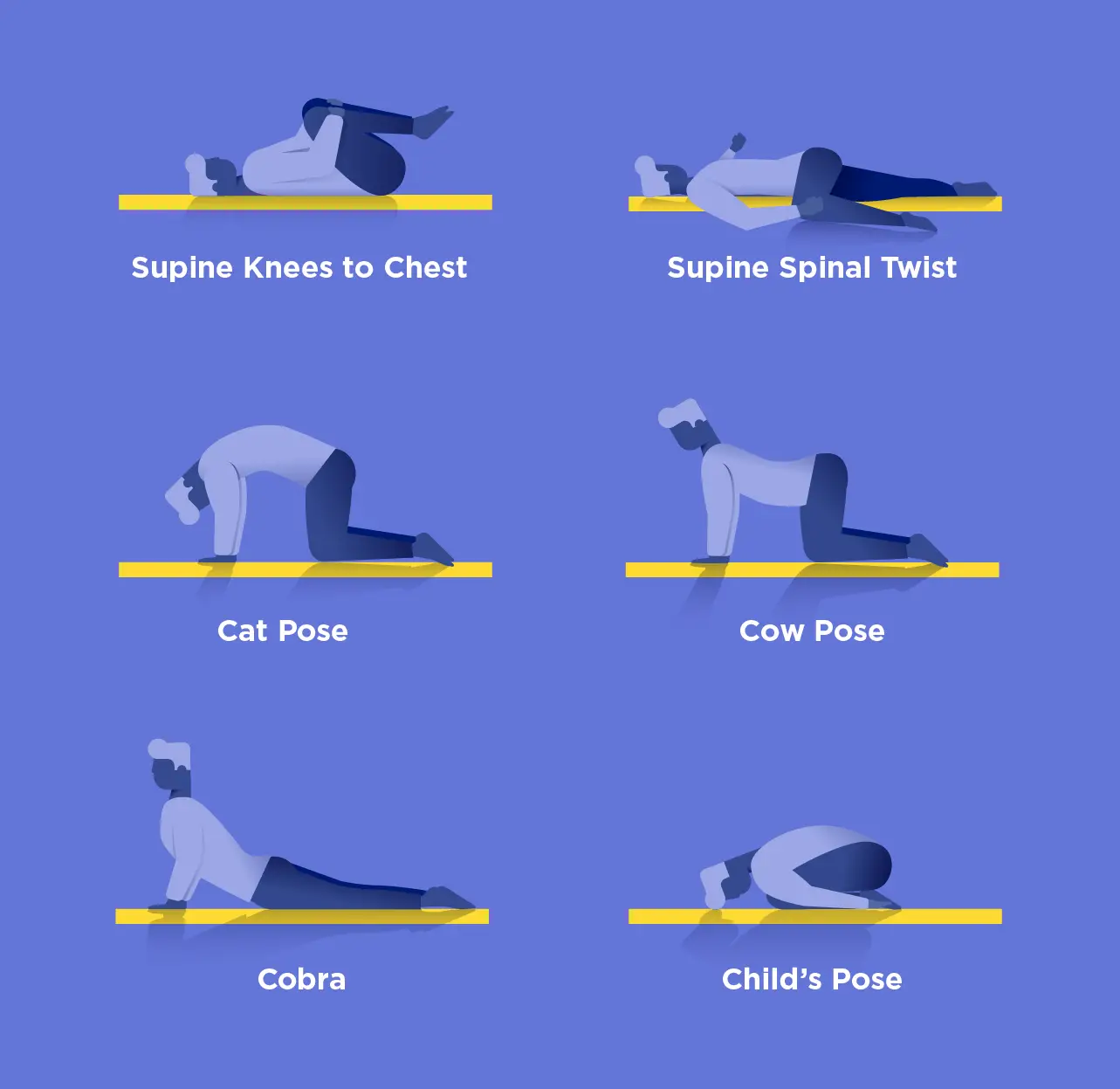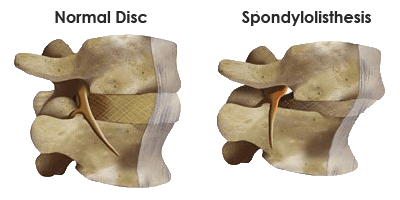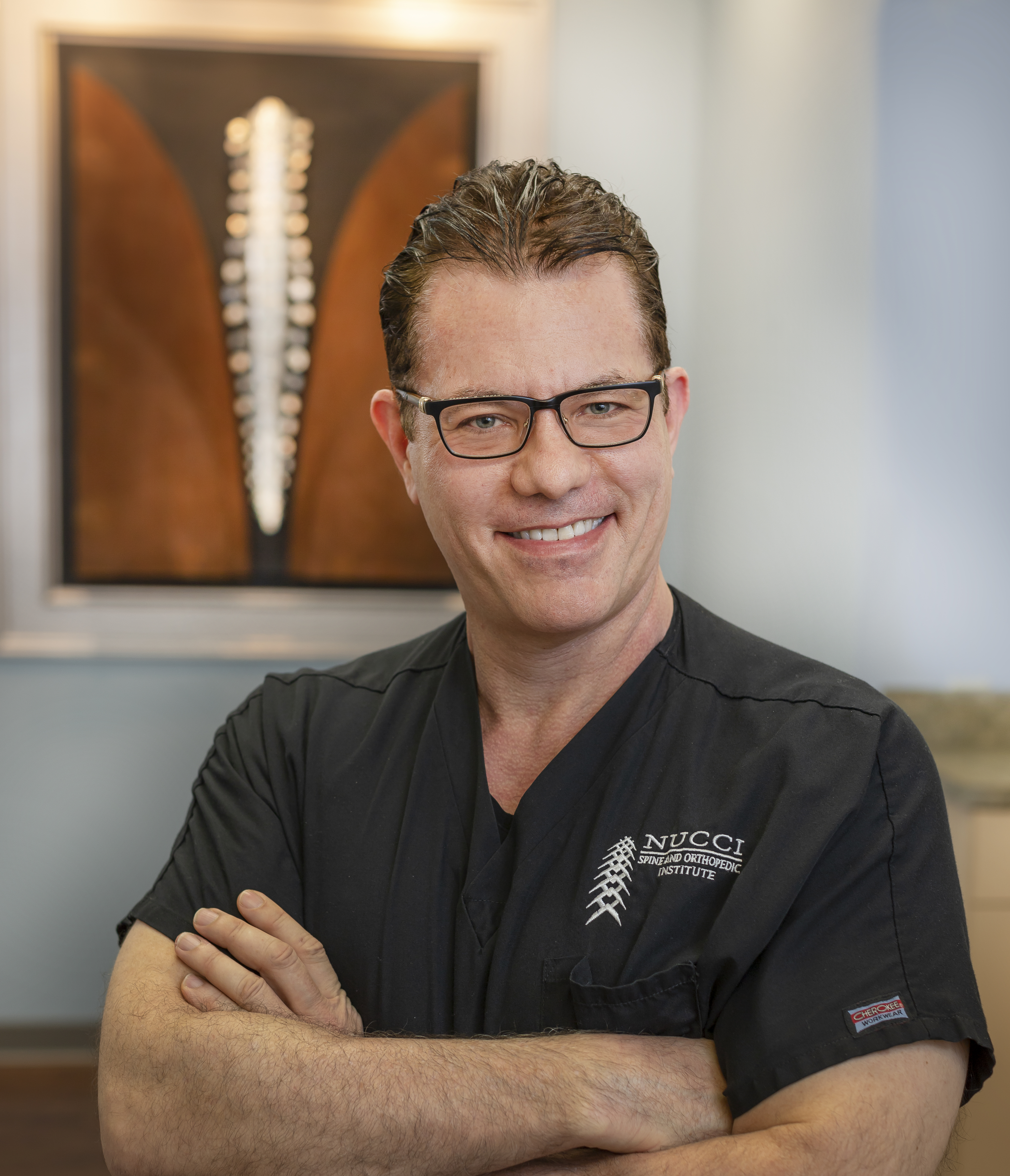When is Back Surgery the Right Choice?
When deciding on whether to have back surgery, there are many factors you should first consider. The first factor is whether you have tried conservative care first. What is conservative care for back pain? Conservative care is crucial when experiencing back pain. Some options include:
1. Physical therapy and stretching. While exercising, breathe normally and use slow smooth movements. If you feel any pain, stop the exercise. If pain persists, call a doctor. Click here for home exercises for back pain.
2. Maintaining a healthy diet. Anti-inflammatory foods help with joint inflammation. Some foods to avoid are fried and processed foods. Cut down on refined carbs, sugars, and dairy products and include more vegetables and fruits in your diet.
3. Waiting out the pain to see if it subsides. Most of the time, back pain will disappear with proper conservative care. However, you should consult a specialist if you: - Develop a fever - Experience numbness/tingling Experience “foot drop” (when your toes drag alone the ground, causing you to lift your foot higher when you walk) - Develop loss of bowel or bladder function - Recently experiences trauma resulting in back pain - The pain persists or worsens
4. Staying active (Click here to learn more about bed rest). Dr. Nucci recommends light walking 3 to 4 times per week for 30 to 40 minutes. Always consult your doctor on your physical capabilities. Nonetheless, keep moving! Walking has been proven to reduce low back pain and maintain a healthy lifestyle.
5. Applying ice or heat on the area. Ice should be applied the first few days following an injury to numb the pain and reduce swelling. Do NOT apply heat directly following an injury. You should apply heat a few days after injury to increase blood flow and relax the muscles.

I’ve tried conservative care and still have back pain. What should I do? At this point, you may want to consult your doctor about your other treatment options. Successful back surgeries are dependent on 3 factors:
Choosing the right doctor. Your doctor should have your best interest in mind. Having a strong and trusting patient/doctor relationship is key to a successful procedure.
Determining the right procedure. Your pain can be stemming from facet, nerve, muscle, or joint pain. Choosing the procedure to fit the diagnosis will help ensure a successful surgery.
Making sure this is the right patient for this procedure. Not all patients are surgical candidates for every procedure. Your doctor will consider your age and medical history to determine the best option for you.
Should I consider a spinal fusion for back pain? A spinal fusion is when the doctor joins two vertebrae (the large bones of the spine) usually using metal screws and rods to help stabilize the spine. Patients who are diagnosed with spondylolisthesis -- A spinal disorder in which a bone (vertebra) slips forward onto the bone below it -- are usually indicated for a fusion. The short answer is if there is no slippage of the vertebra, you should not consider a spinal fusion. Click here to learn about fusion.

What are my surgical treatment options for damaged discs? A fusion is usually not indicated for a diagnosis of damaged discs without slippage of the vertebra. If you’ve experienced a traumatic experience (for example a car accident or work injury), you should try physical therapy usually about 3 times a week for 6 weeks. If pain persists, your doctor might indicate a surgery called Endoscopic Discectomy. Click here to watch the procedure video and learn about discectomy.
What are the surgical treatment options for spinal stenosis? Spinal stenosis symptoms include: pain while standing that gets better when you sit, pain that gets better if you lean forward as opposed to leaning back, or pain in the groin, upper buttocks, or thigh but not radiating down the back of the legs. Spinal stenosis is the narrowing of the spaces within your spine and can put pressure on the nerves and spinal cord. Stenosis is often associated with age-related wear and tear. Surgical treatments for Spinal Stenosis include:
- Laminectomy (click here to learn about this procedure)
- Endoscopic Discectomy

